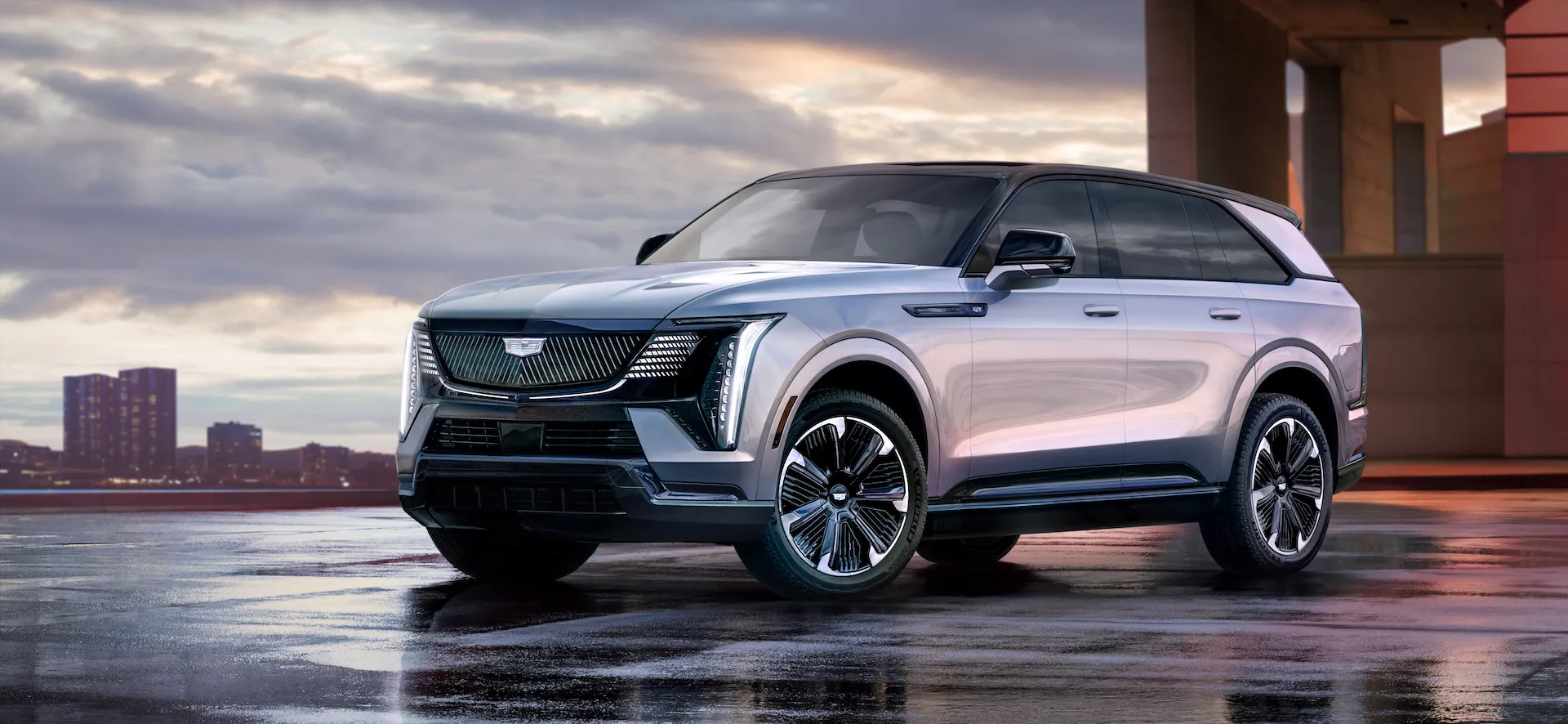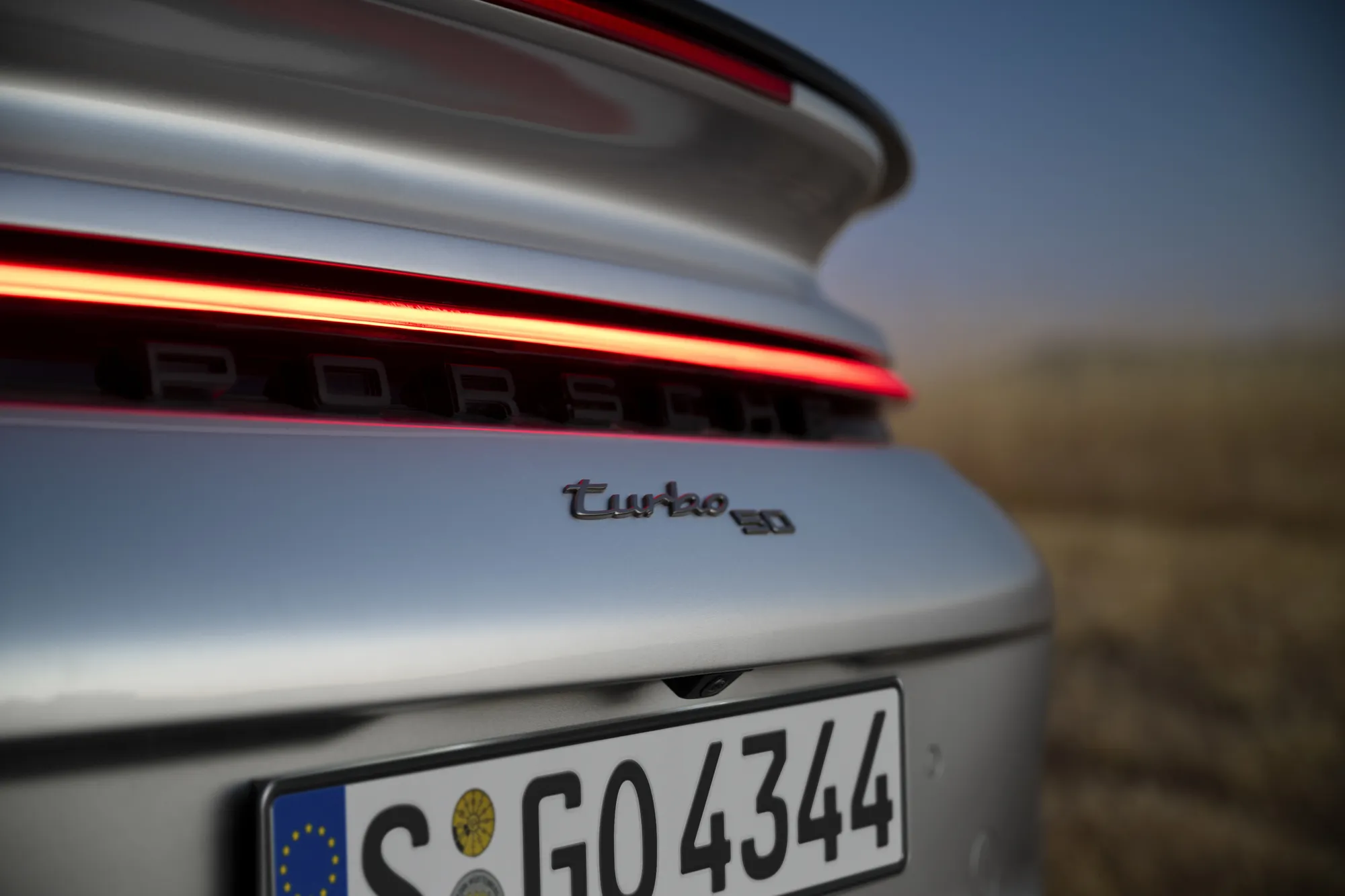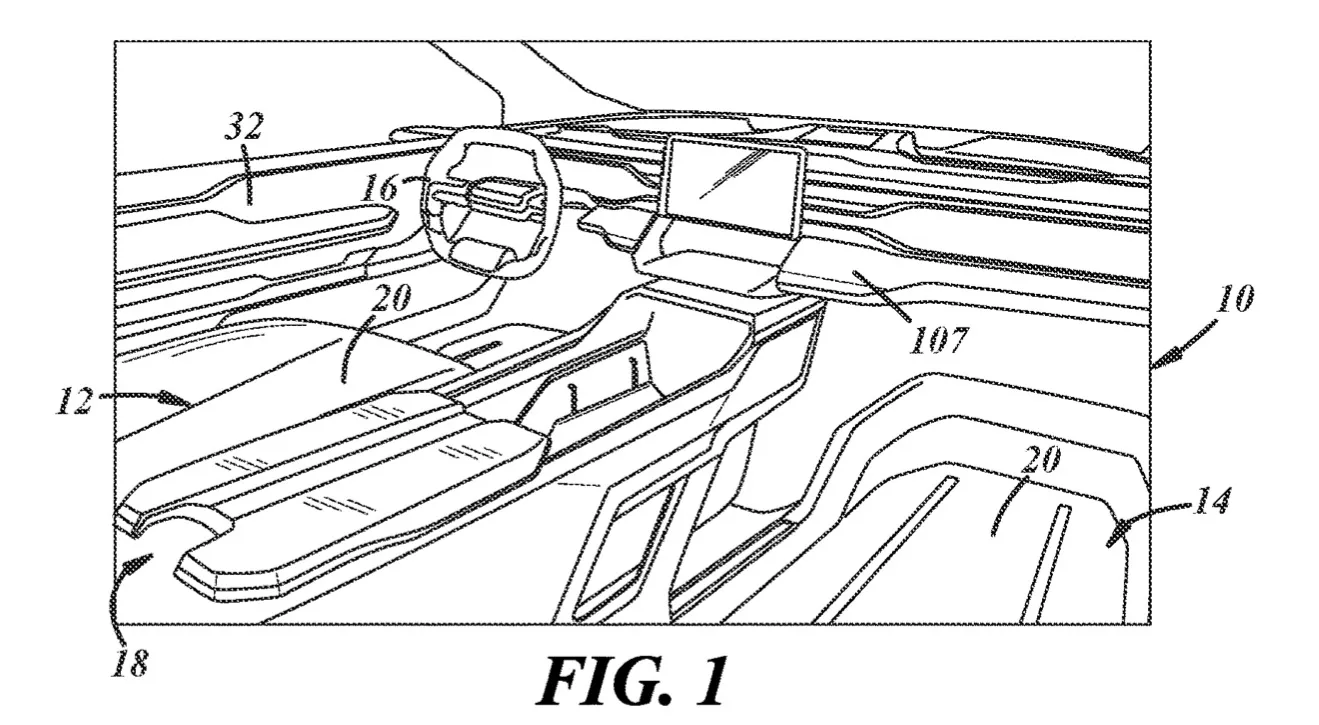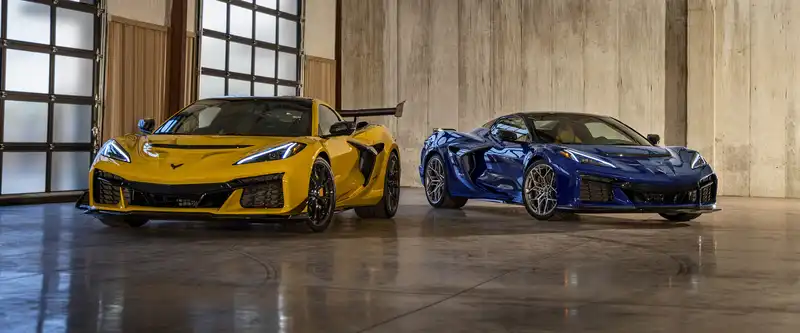Lamborghini Gallardo history lesson

It was 20 years ago that the world was introduced to a new machine produced at the Sant'Agata Bolognese factory: the original 5.0-liter V-10 engine (later 5.2-liter V-10). Lamborghini Gallardo roared off the line and helped create a (relatively speaking) volume seller for the famed Italian automaker.
Now, two decades later, Lamborghini looks back at the key model that helped transform the company from an almost cottage industry business into an internationally recognized brand that would soon compete at the top level of sports car racing.
The Gallardo made its world debut at the 2003 Geneva Motor Show and immediately after its launch broke a string of sales records: on November 25, 2013, the Gallardo LP 570-4 Spyder Performante, finished at Rosso Mars, went off the line. Incredibly, the Gallardo's successor, the Huracan, took only five years to break this record.
Lamborghini was already testing smaller, more affordable models in the 1970s, when founder Ferruccio Lamborghini was still running the company. The first model was the Urraco, which evolved into the Jalpa in the 1980s.
The birth of the Gallardo also began in the 1980s, when Lamborghini, acquired by Chrysler in 1987, began work on a car code-named the L140. Initially, a V-8 engine was planned, but this was later changed to a V-10. Initially planned with a V-8 engine, it was later changed to a V-10. However, the project was put on hold due to the recession in the early 1990s and the sale of Lamborghini to Malaysian and Indonesian interests.
After the Volkswagen Group bought Lamborghini in 1998, the project was revived, but again starting from scratch. Only the basic concept, general dimensions, and the idea of a V-10 engine remained: the development of the V-10 engine was handled by Lamborghini and supervised by Massimo Ceccarani and Maurizio Reggiani. Ceccarani was Lamborghini's technical director at the time, but handed over that role to Reggiani in 2006; in 2022 Reggiani passed the baton to Reuven Mohr.
For the chassis, Lamborghini chose an aluminum design based on extruded parts welded to cast connection elements. Body parts are attached to the chassis in different ways (rivets, screws, welding) depending on the function of the part. Other parts, such as the front and rear fascia, were constructed of thermoplastic material and bolted together.
The actual design began in 2000 and was finalized by the Lamborghini design team, then led by Luc Donckerwolke, based on early concept work provided by Ital Design (formerly Italdesign Giugiaro). Donckerwolke was also responsible for the Murciélago, which was presented in 2001. The cab-forward design, sharp angles, and complex treatment of planes were all taken from modern jet fighter designs.
Later variants were launched, including the lightweight Superleggera, the open-top Spyder, and even the GT3 race car. Prior to that, Lamborghini's participation in motorsports was very limited.
All of these aspects proved impressive, but what really stood out when the Gallardo hit the market was its performance combined with drivability, reliability, and everyday practicality.




